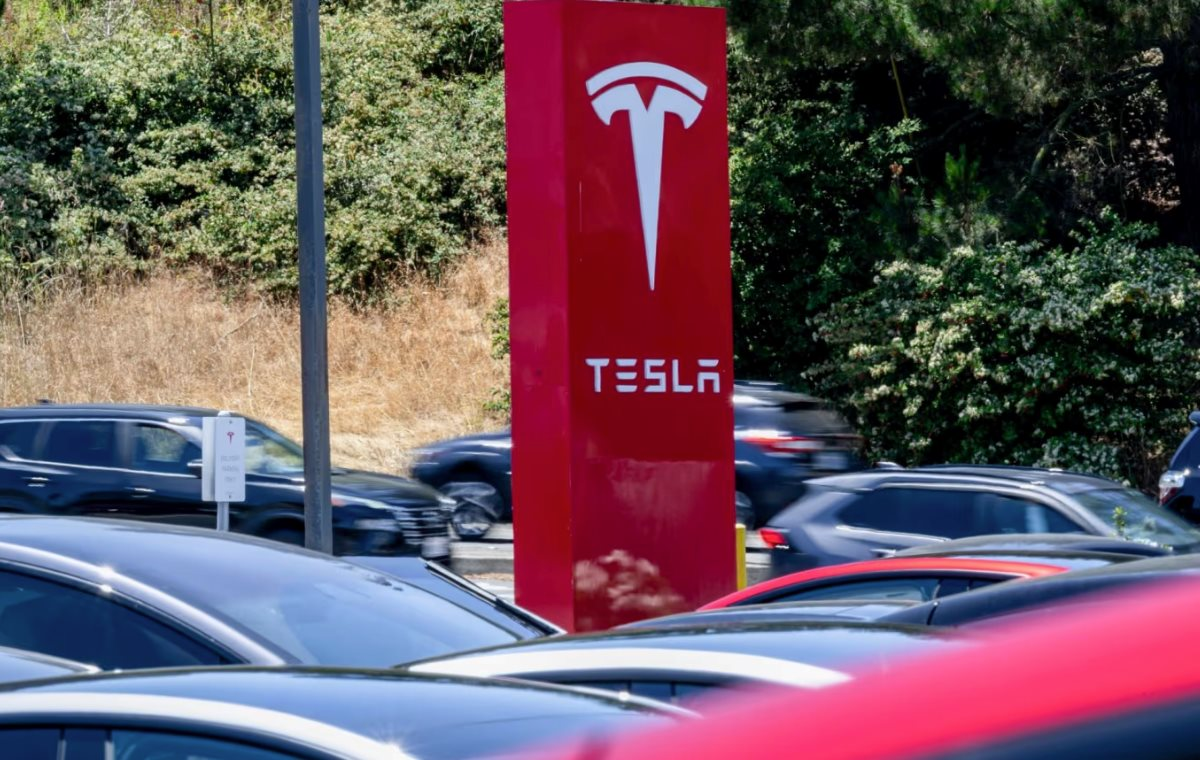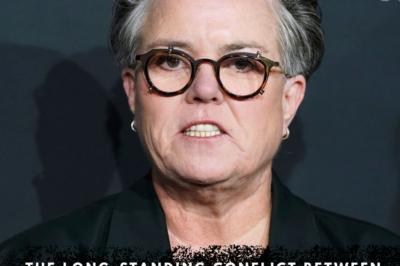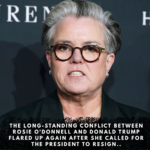Another ‘veteran’ who has been with Elon Musk for 15 years leaves: Tesla is having a serious brain drain, the future is uncertain
Jones’ departure is not an isolated incident, but a warning sign of management instability and risks that cannot be ignored.

Troy Jones, Tesla’s vice president of sales, service and delivery in North America — its most important market — has officially left after more than 15 years. The move comes amid a sharp decline in sales for the electric carmaker.
Jones’ departure comes just weeks after Musk fired Omead Afshar, who had been appointed to oversee sales and manufacturing in North America and Europe. A month earlier, North American HR chief Jenna Ferrua and senior vice president of battery optimization, among other executives, departed. The management shakeup is a clear sign of internal disarray as Tesla faces sales pressure in its core markets.
Sales in North America and Europe have been hit hard by an aging product lineup, while more affordable rivals have overtaken Tesla, according to Reuters. Shares fell shortly after the news of Troy Jones’ departure, reflecting investor concerns about internal turmoil. As Reuters notes, Tesla is in a transition period – from a production-driven automaker to a full-blown technology company focused on autonomous software and robotics.
The departures of senior executives like Troy Jones, Afshar, Jenna Ferrua, and even Milan Kovac, the head of the Optimus robot project, highlight two major challenges Tesla is facing at the same time: declining sales and an internal revolution in its long-term vision. While declining sales must be addressed quickly with product and pricing changes, long-term strategic direction requires a stable team to lead the AI and robotaxi areas, which are Musk’s strategic beliefs.
On the product side, the company introduced an upgraded Model Y (in March), a smaller version of the Cybertruck (in April), and updated its high-end Model S and Model X (in June)—all aimed at rekindling consumer interest. On the financial side, it launched low-cost financing packages, but investors remain wary as profit margins shrink.
In fact, Tesla is not “chasing the crisis” but is betting on bigger moves: developing self-driving software (Full Self-Driving), launching a robotaxi service in Austin and expanding into the Optimus robot field. This category is expected to become a new growth engine, despite the market may be indifferent in the short term.
The problem is, to make those changes, Tesla needs stability in its team—especially in key roles like sales, human resources, engineering, and autonomous software. Without that, the goal of deploying and maintaining robotaxis, autonomous sales, or software upgrades could be disrupted.

Analysts say Tesla is going through a “testing period” where Musk must prove he can juggle sales pressure with a long-term passion for technology. Wedbush analyst Dan Ives says Tesla needs to quickly establish “governance guardrails” — to prevent the CEO from being caught up in a moment of inspiration.
Jones’ departure is not an isolated incident, but a warning sign of management instability and risks that cannot be ignored. According to The Atlantic, about a third of the leaders who appeared with Elon Musk at the “AI Day” event two years ago have left Tesla.
To understand the magnitude of the problem, it’s worth remembering that Tesla is in the midst of a deep restructuring, transforming from a pure electric car company to a full-blown technology company reshaping transportation with software, data, robotics, and artificial intelligence. But as the direction increasingly leans toward AI, robotaxis, and the Optimus humanoid robot, the old cadre—the people who shaped the success of the car—are starting to feel out of place. The absence of Drew Baglino, who led battery research and development, is a clear sign of the disconnect between Musk’s new vision and the team that’s executing it.
Why do the best people leave when the company needs them most? Part of it stems from the leadership style of Elon Musk, who is hailed as a visionary genius but also known for his impulsive, impatient management style. According to several former executives, the environment at Tesla has become increasingly “suffocating” with expectations that change too quickly, sometimes without any basis in reality. Musk often sets out hyperbolic goals—like humanoid robots that can replace human workers in five years, or fully autonomous cars by the end of the year—while the engineering team struggles with the limits of technology that have yet to be overcome.
The worrying thing is that the brain drain is not only affecting Tesla’s current operations, but also its future. Experts say that losing people like Troy means losing the links that connect Musk’s vision to the actual product. Without them, Musk’s empire will have a hard time running effectively.
No one doubts Elon Musk’s talent, but he cannot carry the entire empire on his own. In a world where the speed of innovation is the key competitive weapon, losing people – especially good people – means losing time. And time, for a technology company, is an asset that cannot be bought back.
News
The long-standing conflict between Rosie O’Donnell and Donald Trump flared up again after she called for the president to resign.
Rosie O’Donnell demands Trump’s removal from office over Kennedy Center honor in latest tirade White House previously said O’Donnell suffers…
Ella Langley Just Accomplished Something No Other Solo Female Country Artist Has in This Decade
Ella Langley has added another entry to the record books. The country singer’s track “Choosin’ Texas” has been collecting records…
Blake Shelton and John Legend’s Christmas party was chaotic. And the Christmas tree wearing a tattered cowboy hat was the highlight!
Blake Shelton’s Christmas Tree Topper Had John Legend Frazzled: “What Is This?” If only The Oddest Couple, starring The Voice Coaches, became a…
MICHAEL Buble has given fans a rare glimpse into his home life following his shock departure from The Voice.
Michael Buble gives rare glimpse into his home life as he releases surprise documentary after leaving The Voice The singer, 50, stepped…
The lawsuit involving a woman claiming to be Miley Cyrus’s mother has become even more outrageous after she decided to reveal the truth about the story.
Woman Who Claims To Be The Mother Of Miley Cyrus Reveals Why She Chose That Name…Except Miley Isn’t Actually Her…
The country singer admitted that he not only swam naked in Jason Aldean’s pool but also urinated in it.
Country music star admits he went skinny dipping and peed in Jason Aldean’s pool Country music singer Tyler Farr revealed…
End of content
No more pages to load












